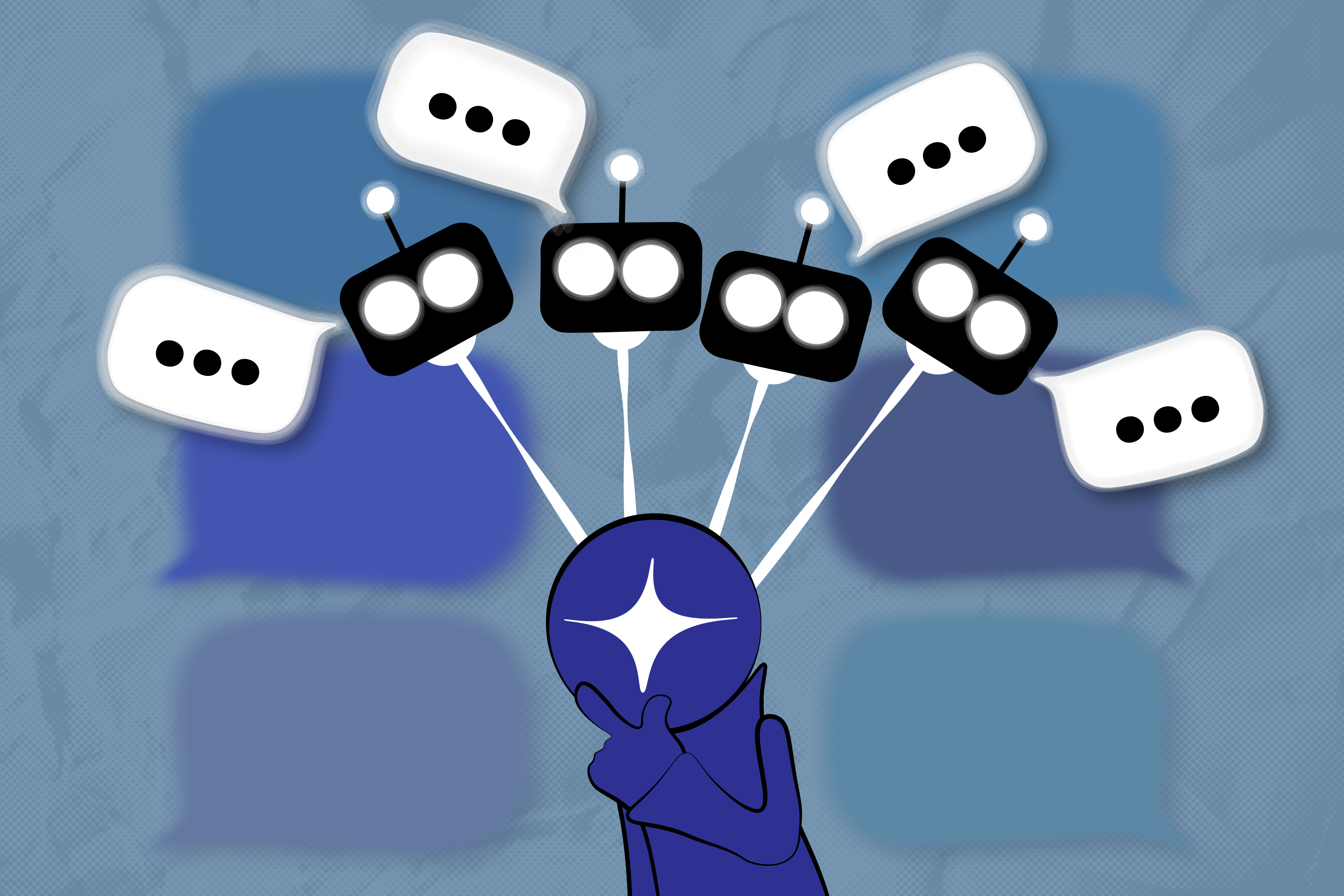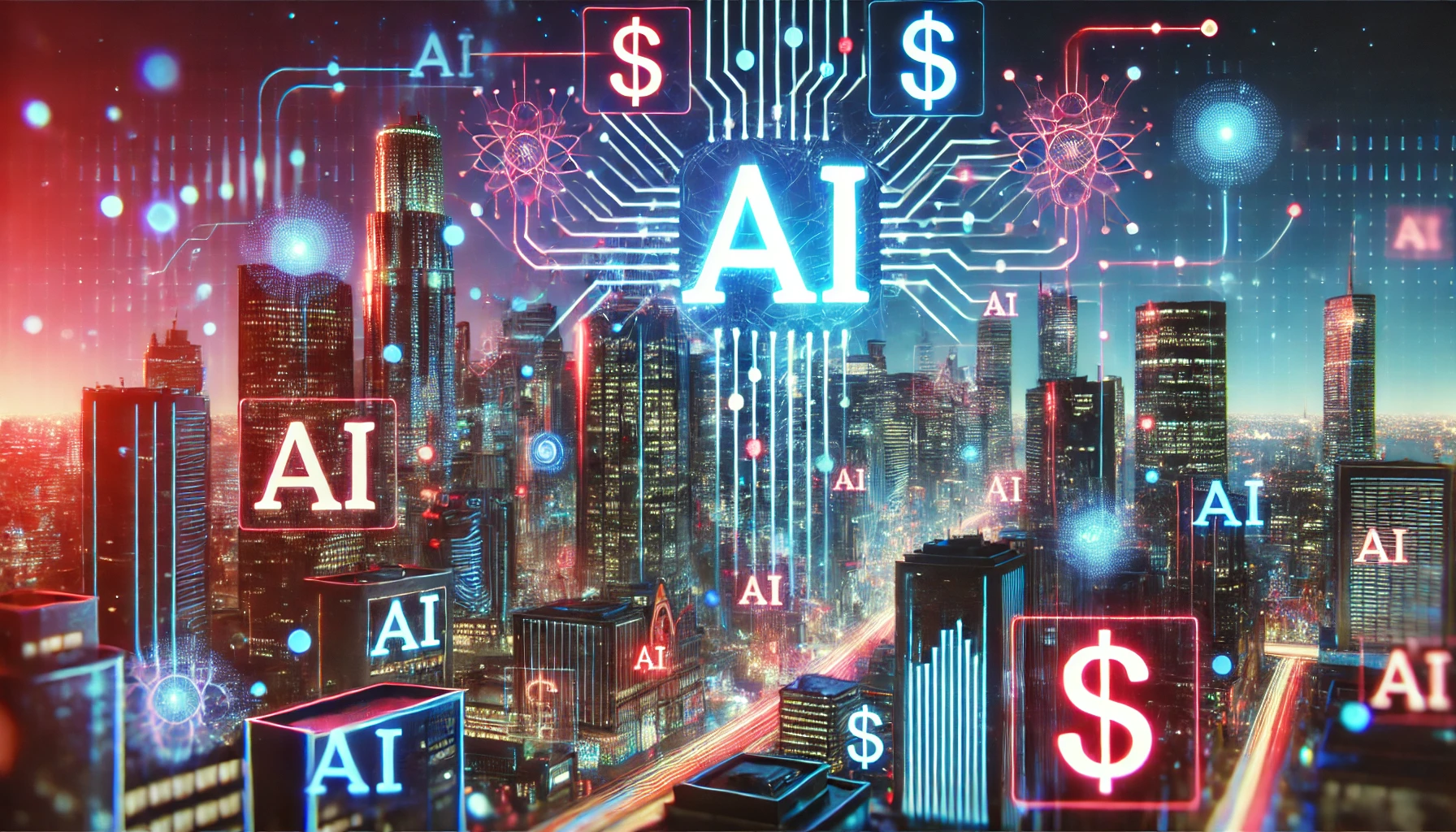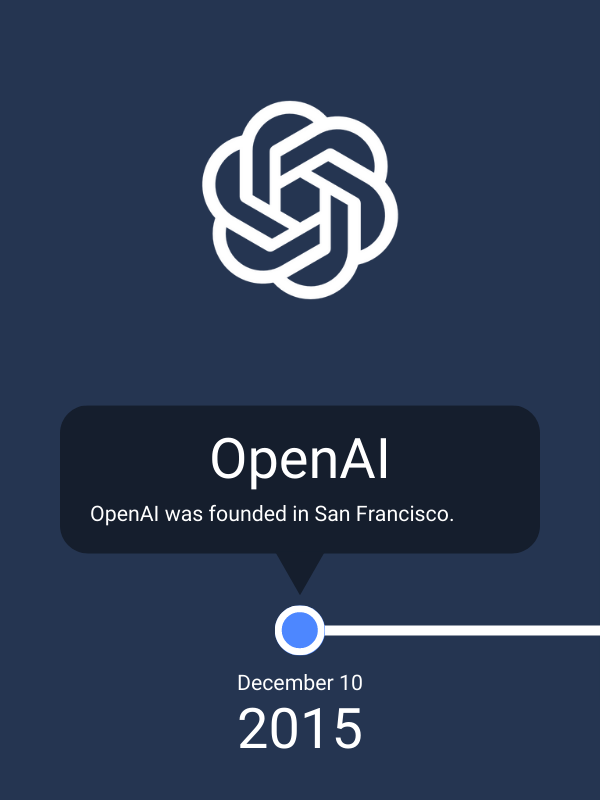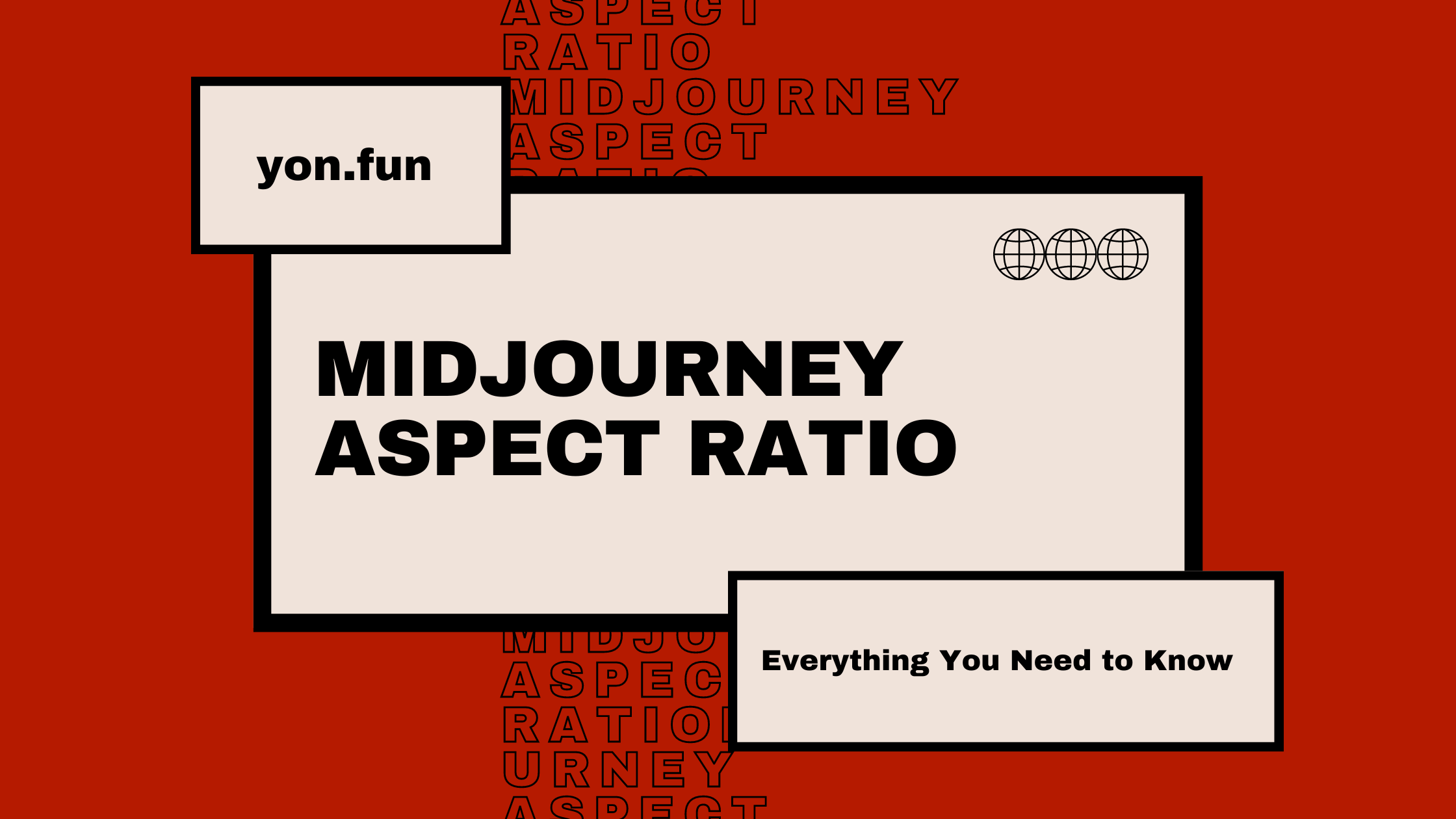How to Become Immortal Using AI?
To achieve digital immortality, begin compiling a rich dataset of your personal writings, voice recordings, and videos to enable AI to recreate your personality and presence for future interactions.


We all leave traces behind: emails, text messages, photos, voice notes. But what if you could go one step further? What if your loved ones could still talk to you after you're gone?
Thanks to advances in artificial intelligence, digital immortality is no longer the stuff of science fiction. It's becoming technically possible to create custom AIs that mimic a person’s personality, tone, and behavior, and eventually their voice and even their face. But like any AI system, your future digital twin will only be as good as the data it’s trained on.
If you want to live on as an AI that your family and friends can talk to, here’s what you should start collecting today.
Text - The Foundation of Digital Memory
Text is still the easiest and richest form of data for training AI.
Personal emails
Chat logs and text message threads
Social media posts and comments
Journals, blog posts, essays, poems
Any long-form writing in your own voice
The more text, the better. Aim for diversity in topics and tone: serious, funny, emotional, factual. This gives the AI a fuller range of expression to learn from.
Voice - The Next Level of Presence
Once you've built a convincing chatbot version of yourself, the next step is voice cloning.
Record hours of yourself talking naturally
Include different moods: excited, calm, reflective, humorous
Capture both formal speech and casual conversation
One powerful way to add depth to your voice data is to tell your life story in audio form. Record yourself sharing key moments, experiences, beliefs, and passions. Talk about your childhood, your dreams, the people you love, and the lessons you've learned. This adds rich background context and emotional nuance that a future AI version of you can reflect.
Keep the recordings clean and clear, ideally with minimal background noise. Podcasts, vlogs, voice notes, or simply speaking into a voice recorder daily can all work.
Video - For a Fully Realized Digital You
To create deepfake-style avatars or holograms, you’ll need high-quality video data:
Record videos of yourself talking to the camera
Capture different angles and facial expressions
Use good lighting and resolution
Add variety: wear different outfits, use different settings, and talk about a range of topics. This helps AI systems generate more realistic and flexible digital versions of you.
Metadata - Context Is Key
AI doesn’t just need your words and images, it needs to understand you. Supplement your recordings with:
Dates and timelines
Personal relationships and stories
Favorite books, shows, and music
Core beliefs, opinions, and philosophies
The more context you provide, the more convincing and emotionally intelligent your AI self will be.
Privacy and Security - Who Gets to Talk to Your AI?
As you build your digital legacy, one of the most important considerations is who will have access to it.
Publishing your text, audio, and video data online without restriction can make it easier for friends, family, and researchers to access and preserve it. But it also opens the door to misuse. With enough personal data, malicious actors could impersonate you, manipulate others, or even weaponize your likeness.
To protect your digital self:
Restrict Access: Use password protection, encryption, and private sharing options to limit access to your stored data.
Appoint Trusted Guardians: Designate specific people to manage your digital legacy and decide how and when it can be used.
Avoid Public Archives: Unless you're fully comfortable with open access, avoid uploading sensitive content to public platforms.
Include Usage Instructions: Clearly state your wishes for how your data can and cannot be used, especially if you're creating an AI that may speak or act "as you."
This isn’t just about privacy, it’s about identity. As AI gets better at mimicking people, the ethical weight of digital replicas grows heavier. Think carefully about who gets to carry your voice into the future.
Is This Really Immortality?
No AI can truly replicate a soul. But it can preserve something profoundly valuable: a sense of connection. Your family could still get advice from “you.” Your grandchildren could hear your stories in your voice. Friends could laugh at your old jokes.
In the age of AI, preparing for digital immortality is a surprisingly practical task. The earlier you start, the better your future replica will be. So open that voice recorder. Start writing those journals. Your great-great-grandchildren might thank you someday.
Where Should You Store This Data?
Creating the content is only half the challenge. Preserving it is just as critical. Here are some best practices for storing your digital legacy:
Cloud Storage Platforms: Use services like Google Drive, Dropbox, iCloud, or OneDrive for regular backups. Make sure you enable long-term access and share credentials with trusted family members.
External Hard Drives: Maintain local backups on SSDs or HDDs, stored securely in a safe location. Consider keeping duplicates in different places in case of damage or loss.
Digital Legacy Services: Platforms like Memories, SafeBeyond, or MyWishes specialize in storing and organizing legacy data for designated people to access it in the future.
Decentralized Storage: Explore emerging technologies like IPFS (InterPlanetary File System) or blockchain-based storage that offer robust, long-term storage resistant to central service shutdowns.
Document Everything: Leave behind clear instructions for how to access and interpret the files. Include formats, passwords, and the intended use of the data for future AI training.
Your digital afterlife deserves careful planning. With the right tools and storage, your story can survive the test of time.






















